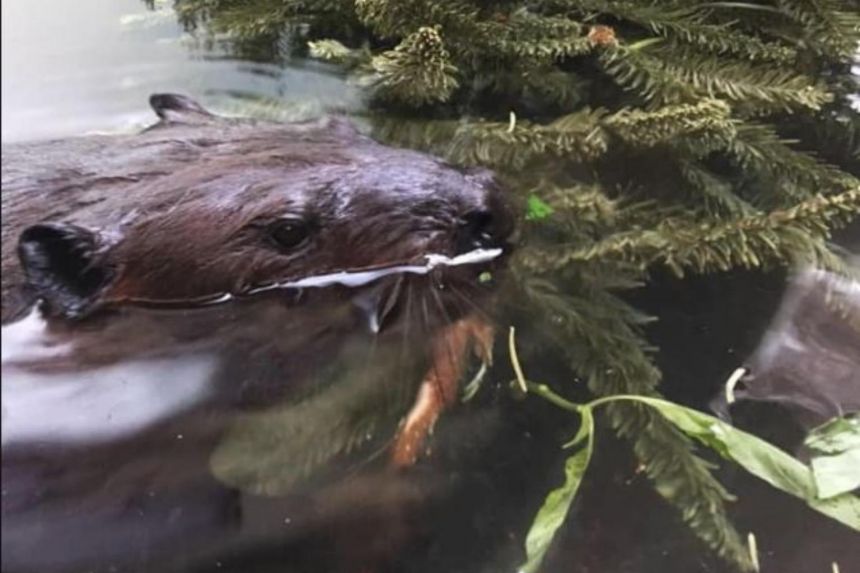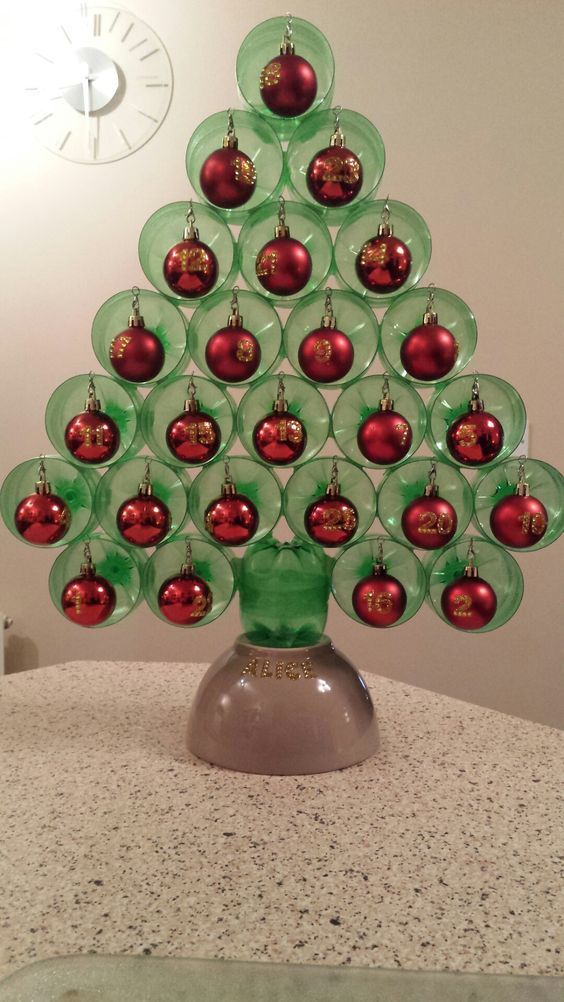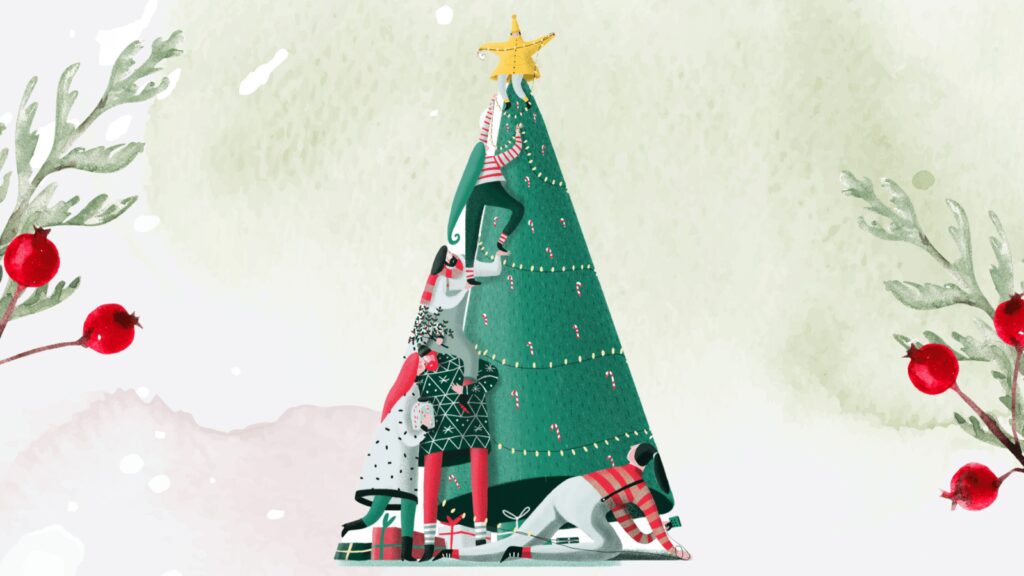Dreaming of a beautiful Christmas but not sure which tree is better for the planet ?
And while it’s called the most beautiful time of the year for a good reason, the dispute over real vs. fake Christmas trees remains. Are Christmas tree bad for the environment (read planet) ?
RELEVANT SUSTAINABLE GOALS

Many of us are curious in which trees are more environmentally friendly and sustainable. Here are some of the reasons why picking the appropriate Christmas tree benefits both the environment and humans.
IS REAL Christmas TREE HAVE LOWER CARBON FOOTPRINT ?
This is a tough question, and the answer is perhaps a bit more nuanced than expected. A real Christmas tree is better for the environment, only if you live in a cold-climate and real trees are locally sourced.
However, if you live in tropical countries and has no winter, the process of transporting fresh tree to your house, keeping fresh until 25th December in 24/7 air-conditioned room, then it definitely rack up the hefty carbon footprint.
In 2009, Scientific American called out the real Christmas tree industry for greenwashing – ignoring pesticide use and carbon dioxide emissions from plantation management, harvesting, transporting and shipping. While a real Christmas tree may look real, smell real, and feel natural, the entire industry has become more and more commercialized with each passing year.
Proper tree disposal of real Christmas tree is required to keep the carbon footprint low. According to Carbon Trust, a natural two-metre Christmas tree that does not have roots and is disposed of into a landfill after Christmas and holiday seasons produces a carbon footprint of around 16 kg of CO2. This is because the tree decomposes and produces methane gas, which is 25 times more potent as a greenhouse gas than carbon dioxide.
However if you burn your Christmas tree on the bonfire, plant it or have it chipped to spread on the garden, that significantly reduces the carbon footprint by up to 80% (around 3.5kg CO2e). Burning the tree emits the carbon dioxide that it stored up when it was growing so there’s no net increase.
So if you decided to choose real tree, your best option would be to buy a potted tree which can be replanted and re-used year after year. Alternatively, check your local authorities / parks or zoos if they have a scheme for composting trees to produce mulch / soil improver, such as Wildlife Reserves Singapore !

If You Choose Artificial Christmas Tree…
Research shows reusing an artificial tree can lower its carbon footprint, if used for 4.7 years. These trees are often made from PVC and steel in China, so their single-year footprint is higher than real trees. Consider buying secondhand or donating yours when you’re done. In other words, if you choose to buy artificial trees, you would need to keep artificial trees for at least five years to offset the environmental impact of purchasing a real tree each year.
Are there better options ?
You can also consider thinking outside the box. Create your own from of house plants, driftwood, branches, offcuts, or plastic garbage! Aim for minimalism so that your holiday season isn’t wasteful.

Norfolk Island Pine (Araucaria heterophylla) is a tropical house plant that doubles in style as a holiday tree. It is an excellent choice for the festive season since they look like miniature versions of Christmas trees but are tropical plants that require humidity and warmth to thrive. They enjoy sitting in bright indirect sunlight and will brighten up your home year round.
Regardless your choice, the key is to shop locally, minimise driving/transporting and reuse it for years to come. Keep it out of landfill for as long as possible, shall we ?
Also Read :
Lead image courtesy of Lorenza Cotellessa.


